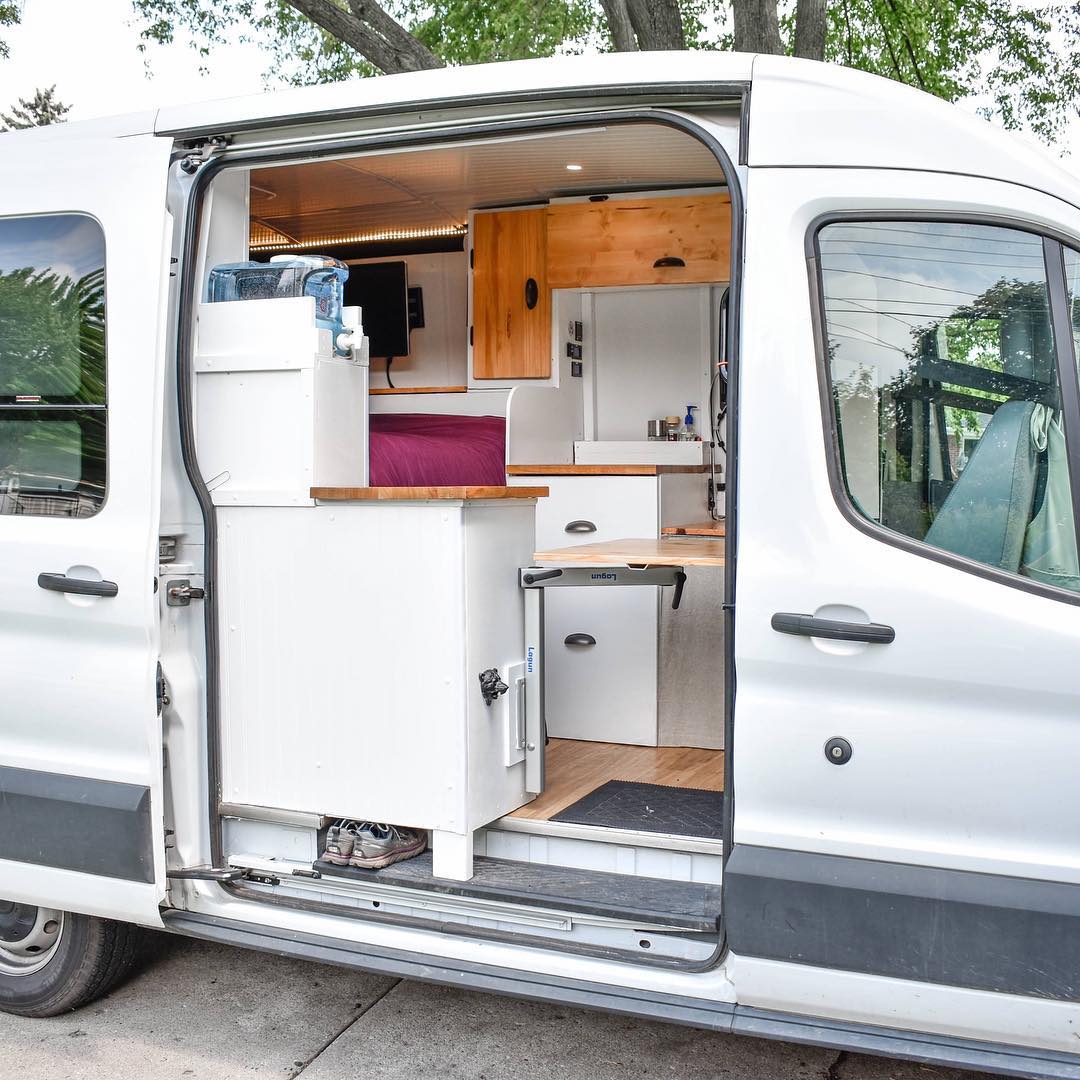Bus conversions have emerged as an growing trending way to convert a functional vehicle into a unique home on wheels, a roaming business, or a customized transport solution. With the growth of telecommuting and the ever-growing desire for adventure, many are investigating the opportunity of converting a minibus into a travel van or premium mobile office. No matter if you dream of going on epic journeys, launching your own food truck, or creating an inclusive transportation service, the options are endless.
In this post, we will share inspiring real stories of successful minibus conversions that feature innovative designs, innovative features, and practical solutions. You will find information on key conversion techniques, from creating the perfect layout to integrating off-grid systems. By the end, you will not only grasp the journey of transforming a minibus into your ideal vehicle but also receive inspiration from those who have realized their dreams into success.
Getting Started with Minibus Conversions
The journey into converting minibuses begins with careful planning and research. Before diving into the hands-on work, it’s vital to define your goals for the conversion. Consider if https://busmaster.com.ua desire a camper for weekend getaways, a mobile office, or maybe a vehicle adapted for a specific business purpose. Identifying the primary use of your converted minibus will inform the design and layout, helping you to make wise decisions on materials, features, and systems to include.
After you have a clear vision of your objectives, it is time to explore the various minibus models available for conversion. Research various makes and models, factoring in their size, weight capacity, and suitability for your project. Resources such as forums, articles, and social media groups can provide useful insights and recommendations from fellow enthusiasts. Additionally, consider looking into local dealerships or online marketplaces to find potential candidates that fit your budget and requirements.
As you gather information and a shortlist of buses to consider, it's essential to start thinking about your budget and timeline for the conversion. Determine how much you are prepared to spend on the entire project, including the purchase of the minibus, materials for conversion, and any potential professional help you might need. Being realistic about the time commitment required for the conversion is also important. This helps in setting attainable milestones that keep your project on track and aligned with your initial goals.
Designing Your Bus Conversion
When commencing the design process for your minibus transformation, it's important to first comprehend the purpose of your minibus. If you intend to create a travel van for short getaways, a workspace for business on the go, or even a shuttle solution, the purpose will heavily influence your layout. Evaluate factors like the number of people, the need for resting space, cooking amenities, and storage options. Creating a list of must-have features will assist simplify the design and ensure that the final layout meets all requirements.
Space optimization is key in a bus conversion, given the limited inside area. Concentrate on versatile furniture, such as collapsible tables and convertible seating, to increase usability without sacrificing comfort. Using guidelines on weight distribution and the center of gravity will aid in maintaining driving safety and handling. Additionally, take into account the movement of movement within the space; guarantee that the design allows for smooth access to essential areas such as the cooking area and restroom if necessary.
Ultimately, appearance is an essential aspect of your bus plan. Choose color palettes, substances, and finishes that showcase your personal style while also being practical and long-lasting. Incorporating daylight through windows or skylights can enhance the ambiance and make the space feel larger. Remember that your bus should not only be usable but also a reflection of your individuality, turning it into a comfortable retreat on wheels. Finding a balance between practicality with comfort and design will yield a truly inspiring bus project.
Cost and Regulatory Considerations for Conversions
When starting a vehicle transformation project, it is important to establish a reasonable budget that includes all anticipated expenses. Depending on the extent of transformation, expenses can fluctuate significantly. For a fundamental DIY transformation, you might invest ranging from five thousand to $10,000 USD on resources, fixtures, and finishing touches. On the other hand, certified conversions that include high-end features and systems can exceed $20K USD. It’s imperative to factor in additional expenses such as equipment, unforeseen fixes, and plausible upgrades.
Regulatory aspects are another crucial element of a vehicle transformation. It is essential to get acquainted with your local rules governing vehicle changes. In many areas, transformations that change the primary function of the minibus—like converting it into a camper or a mobile business—may demand correct licensing, coverage adjustments, and safety inspections. Ensure compliance with any land use laws if you intend to operating a modified minibus for commercial functions.
Lastly, you will want to include the charges of regulatory conformity. This may include registration fees, pollution tests, or approvals needed for certain changes, such as those that change security features or occupant numbers. Engaging with local authorities or a vehicle transformation professional can guide you navigate these rules efficiently, ensuring that your vehicle is not only visually appealing but also lawfully roadworthy.

